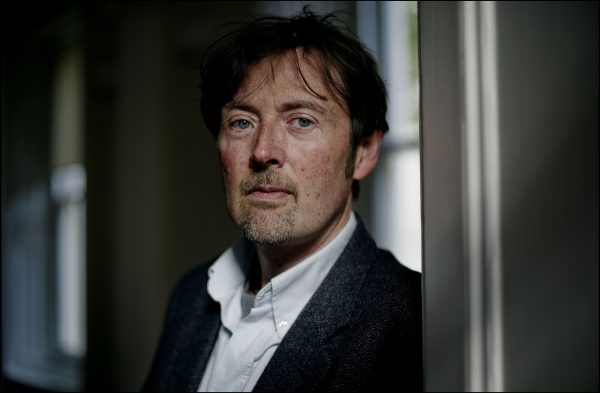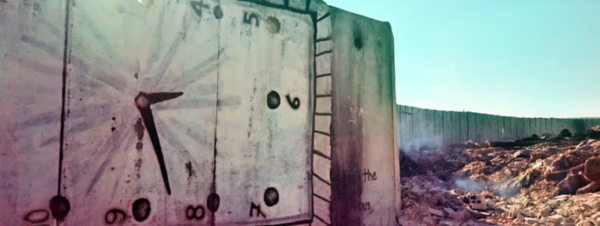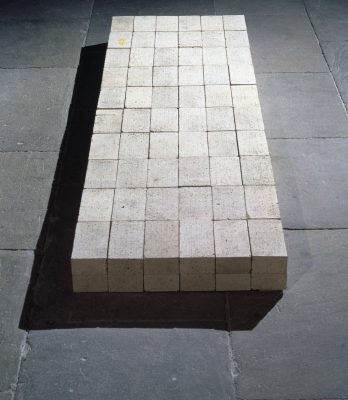Buzzed in through the red metal door and down the stone steps into the bunker that is L-13. The workshop and sometime gallery is run by Steven Lowe whose deep voice has just welcomed me. Billy Childish, taller than I had imagined, is characteristically resplendent in a dark cardigan, grey overcoat, desert brown sleeveless overall top, woollen scarf, blue polka dot neckerchief and black beret.
He proffers his hand and offers a cup of tea, before Lowe takes over and makes us all one. The space is full, almost chaotically so. There are wooden crates, two printing presses, framed ‘Art Hate’ posters, fresh woodcut prints on the floor, rolls of packaging and tape, cardboard boxes, shelves full of books, piles of Stool Pigeon newspapers ready for distribution and a dark green chesterfield sofa that is covered in paper and assorted objects. Childish takes the arm of the sofa while I am on a tall wooden stool that is dug out from the chaos.
Billy Childish is a polymath with a prodigious output in painting, music and writing amongst other activities. Articles and interviews often reference biographical details of a tumultuous upbringing gleaned from his novels, fashionable bands that have cited him as an influence, and a famous artist ex-girlfriend. His prominent facial hair, being expelled from art school, former alcoholism, dyslexia, a tendency to rub the art world against the grain and the sheer number of artworks, albums and publications produced are also mentioned frequently. However, it is his creative output that is key to understanding Billy Childish. An interview gets close and one with Childish is cut through with warmth, humour and an oddly self-aware narcissism. He speaks with a Kentish accent, a slightly softened mid-century London working-class inflection that has crept south.




